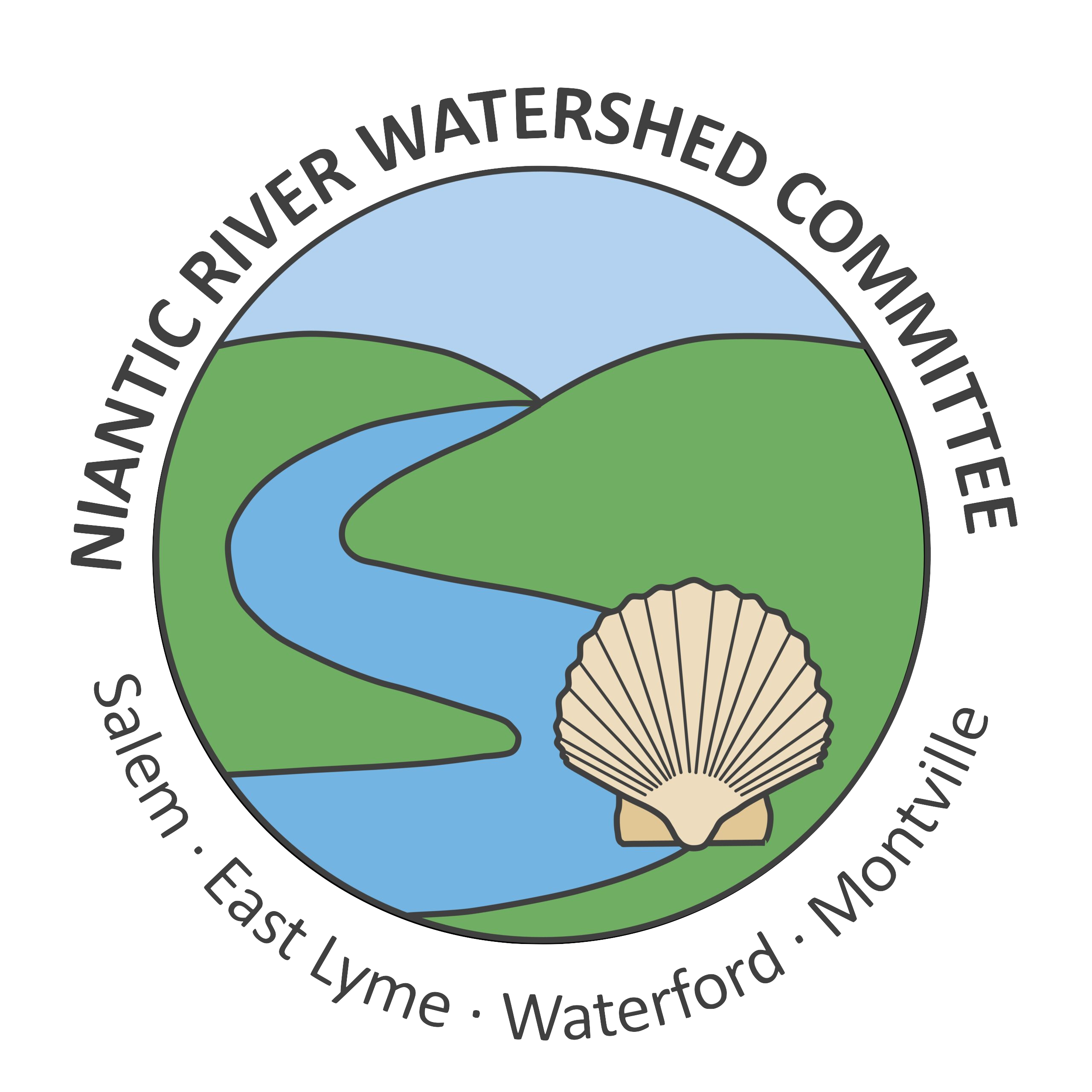Public-Private Partnership Seeds 100,000 Oysters in Niantic River
CT Examiner Published on November 27, 2019 in East Lyme/Environment by Christopher McDermott

EAST LYME — Shellfish experts deposited about 100,000 juvenile oysters into the Niantic River on Saturday, as part of a $10,000 public-private partnership plan by the Waterford-East Lyme Shellfish Commission to bolster the river’s oyster population in an effort to increase recreational fishing and improve water quality.
“This is the first seeding that we’ll do,” said Peter Harris, chair of the shellfish commission. “We’re pretty confident that we’ll be successful.”
Harris said that this could be the first of multiple seeding if successful.
“When they grow out to adults they will set seed and repopulate the area if it’s successful,” added commission vice chair J. Patrick Kelly.
The local commission oversees permitting and determines recreational seasons for shellfishing in the Niantic River, which separates East Lyme and Waterford. Commercial shellfishing is not allowed in the Niantic River.
This is the first time in at least a decade that the river has been seeded with juvenile oysters, known as “spat.” These oysters are expected to be mature for harvesting in about two years.
The Niantic River sees much more harvesting for clams than for oysters, Harris said, and the commission has previously deposited additional clam stock into the river.
“There’s a natural population of oysters in the river,” Harris said in a Tuesday interview. “Oysters grow on a rocky or hard bottom, and the river is primarily a softer material bottom that is a little more conducive to clams. We placed the oyster seed in areas where there is a harder rocky bottom.”
The commission has tried to seed scallops, but according to Harris, that particular species of shellfish is “more sensitive” and that effort was not very successful.
The oysters seeding plan was developed in partnership with local residents and approved by unanimous vote of the commission on November 6. The project is estimated to cost about $10,000, to pay for purchasing and preparing the juvenile oysters as well as ongoing monitoring and analysis of the waters. Supporters of the project have created a GoFundMe page seeking donations to help support the project.
An established practice on other parts of Connecticut’s coast
Jim Markow, president of the Noank Aquaculture Cooperative in Groton, sold the oysters to the commission and deposited them into the river on Saturday. Markow also owns and operates Mystic Oysters. As part of his work, he regularly seeds oysters into bodies of water for towns along the coast, including Stonington and Groton. Markow said he has been seeding shellfish around New England and Long Island Sound for over 25 years.
“We feel obligated to help [towns] because it’s a good thing,” Markow said. “They work with us, we work with them, and we have some common goals… southeastern Connecticut is kind of unique in that we have areas for recreational [shellfishing] without commercial activity going on so it’s pretty hard for the towns to be able to have the infrastructure and the ability to get seed.”
Markow grows oysters at a hatchery on Noank’s Main Street, which the aquaculture cooperative leases from the Town of Groton.
He explained that late autumn is an ideal time to deposit the oysters, when the crabs that eat them begin to slow in the cooling waters.
“The green crabs are a big problem for us,” he said, “When it gets colder they leave us alone a little more.”
Markow said that partnership between private business and government groups is essential to maintaining a healthy business and natural environment for shellfishing along the state’s southeastern shoreline.
Local shellfish commissions are funded in part by the permits for recreational shellfishing, as well as through direct funding from individual towns. The commissions pay wardens to oversee the shellfishing and for the water testing that the state requires to keep areas open for shellfishing.
“We work hand in hand with the towns,” Markow said, “because if they’re not doing the sampling, those grounds could get closed. Not because there’s anything wrong with the water, but just because there’s a state mandate that they have to do testing or [the waters] couldn’t get certified.”
“Water filtering champions”
Oysters, as filter feeders, can also directly improve the quality of the water they inhabit by consuming nitrogen and other nutrients, which otherwise would create the algal blooms that drain the water of oxygen.
“Clams feed through the same mechanism,” Harris said, “but oysters are seen as more of the water filtering champions. If you’re looking into marine biology and what shellfish improves water quality the most, the oyster is recognised as that shellfish.”
Markow added, “The oysters will filter, in some cases, up to 50 gallons of water a day. That’s just one oyster. And when you start doing millions and millions of oysters that’s a significant benefit.”
Connecticut has a storied history of oystering, Markow said, “and I think a lot of people don’t realize we have pretty much the best oysters in the country. It’s something to be proud of in our state.”
